1. Homemade Volcanoes With Real Fire
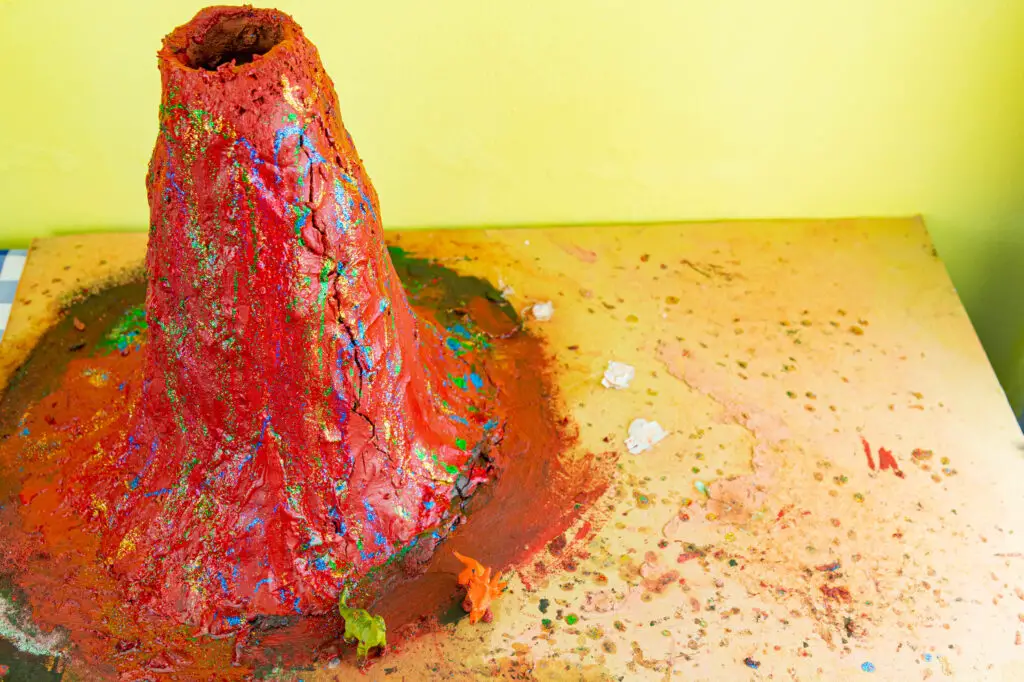
We all remember the thrill of mixing baking soda and vinegar for a classic volcano eruption. But some kids (or maybe their parents) took it up a notch by adding flames to the mix, using things like lighter fluid or matches to create a more “realistic” lava flow. It looked cool in the moment, but let’s be real—it was a disaster waiting to happen. One rogue spark near paper-mâché and you’ve got a full-blown fire drill. Teachers often didn’t even realize just how flammable the materials were. That newspaper base? Kindling. And if your volcano had a cardboard mountain backdrop, you were playing with fire—literally. It was science, sure, but also a minor act of arson in progress says Care.com.
Despite the obvious risks, nobody batted an eye back then. The more dramatic the volcano, the better your grade, so safety kind of got tossed out the window. Everyone gathered around like it was a Fourth of July show, holding their breath and hoping the classroom didn’t catch fire. And the worst part? Sometimes this whole demonstration happened on a wooden desk or a linoleum floor. A single misstep and you’d have a teacher scrambling for the fire extinguisher. If your science fair display came with a heat warning, you knew it was good. Or at least memorable. Or… mildly terrifying adds ThoughtCo.
2. The Classic Solar Oven
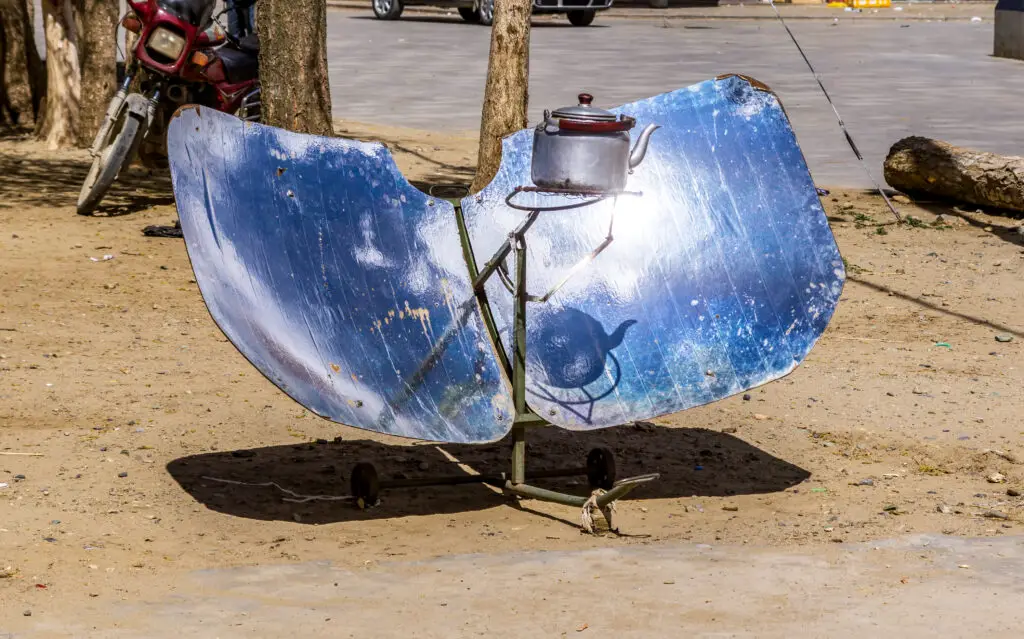
Making s’mores in a pizza box sounded innocent enough. But the minute kids started covering cardboard with tinfoil, black construction paper, and plastic wrap, the risk factor skyrocketed. A sunny day could turn that homemade cooker into a blinding, melting, smoke-filled trap. It was basically a DIY heat ray that sat in the schoolyard. And if you left it unattended? You’d come back to scorched marshmallows and maybe a slightly charred patch of grass shares Cosmos.
What made it worse was that no one really knew how hot those things could get. They were unpredictable, depending on the weather, the angle, and how eager a kid was to melt chocolate faster. Some kids decided to upgrade theirs with magnifying glasses to “boost efficiency,” which definitely did not make them safer. There were stories of melted plastic wrap fusing to desks or actual small fires starting when someone got too ambitious. It was the one project where the smell of burning wasn’t totally out of the question. And teachers just hoped no one caught their hair on fire. It was sunshine and science, with a hint of danger says We Are Teachers.
3. Paper-Mâché Lanterns
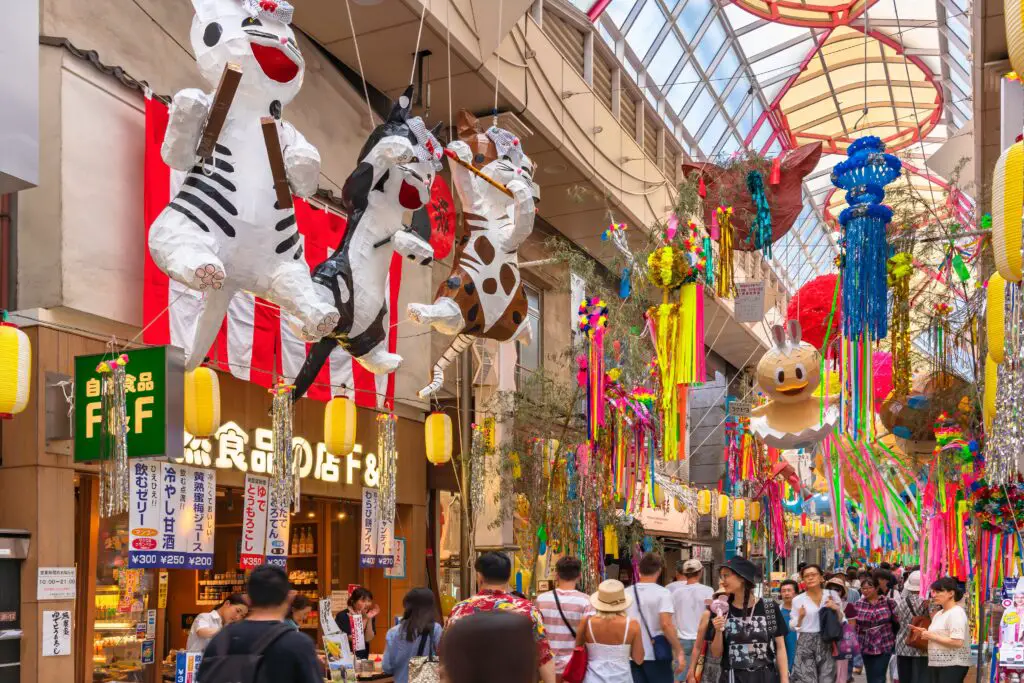
On paper, this one seemed wholesome—balloons, glue, newspaper, and a little paint. But then someone had the bright idea to add candles inside for “authentic lighting.” That turned your cute globe into a ticking fireball. The glue and paper combo, once dried, was practically a torch waiting to be lit. The moment a match was struck, it was only a matter of time before the paper caught and crumbled like dry leaves in October.
The worst part was how pretty they looked when they did light up—so students would keep doing it. Parents and teachers alike didn’t realize until one of them caught fire mid-presentation. It wasn’t unusual for a lantern to get a little too toasty and start smoking. There’d be a scramble to blow it out while everyone laughed nervously. It wasn’t just a project; it was a hazard dressed up as art. We all just hoped no one’s project actually burned down the gym.
4. Static Electricity Demos
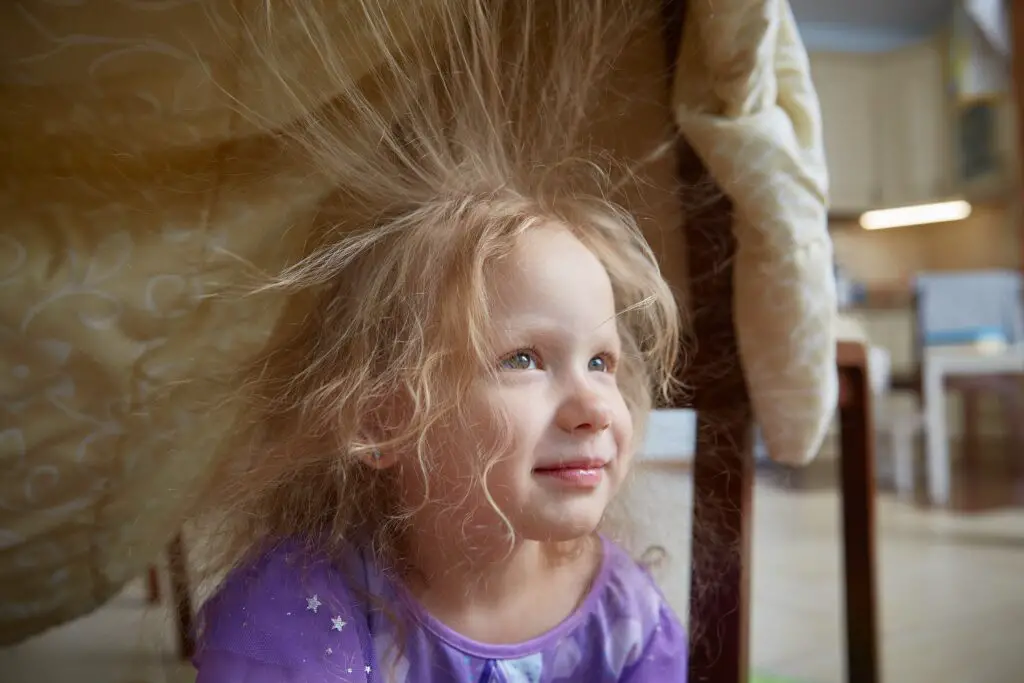
It started innocently: rub a balloon on your head and stick it to the wall. But then someone brought in a Van de Graaff generator and things escalated quickly. The sparks flying off those metal spheres could easily zap a finger, a piece of paper, or even a poor unsuspecting student who got too close. You could smell the ozone in the air, and sometimes you’d see tiny burn marks on the metal table it sat on. It was fun… and secretly terrifying.
And you just knew someone was going to touch the thing with a binder clip or a metal ruler. Sometimes kids would dare each other to hold hands in a chain to pass the static charge. Shocked screams echoed through the classroom like a low-budget haunted house. Nobody ever asked where the fire extinguisher was—but maybe they should have. It felt like playing tag with electricity. Great for learning! Not so great for flammable school supplies.
5. Cotton Ball Animal Dioramas

Who knew that glue-covered cotton could be such a hazard? But those adorable little bunnies and polar bears were actually flammable fluff balls. The combination of Elmer’s glue and cotton balls was basically the preschool version of a Molotov cocktail if it got too close to heat. And considering that kids often used a desk lamp to “light” the scene dramatically during presentations, the setup was risky.
Some dioramas even had tissue paper trees and construction paper grass—aka fire’s favorite snacks. It only took one hot bulb too close to the display and you’d start smelling smoke. The cotton would curl, blacken, and poof—suddenly, your project was toast. Teachers usually had to act fast to unplug whatever was smoldering. And yet, every year, someone went big on the fluff and lighting. It was a lesson in both creativity and combustion.
6. Sugar Crystal Experiments
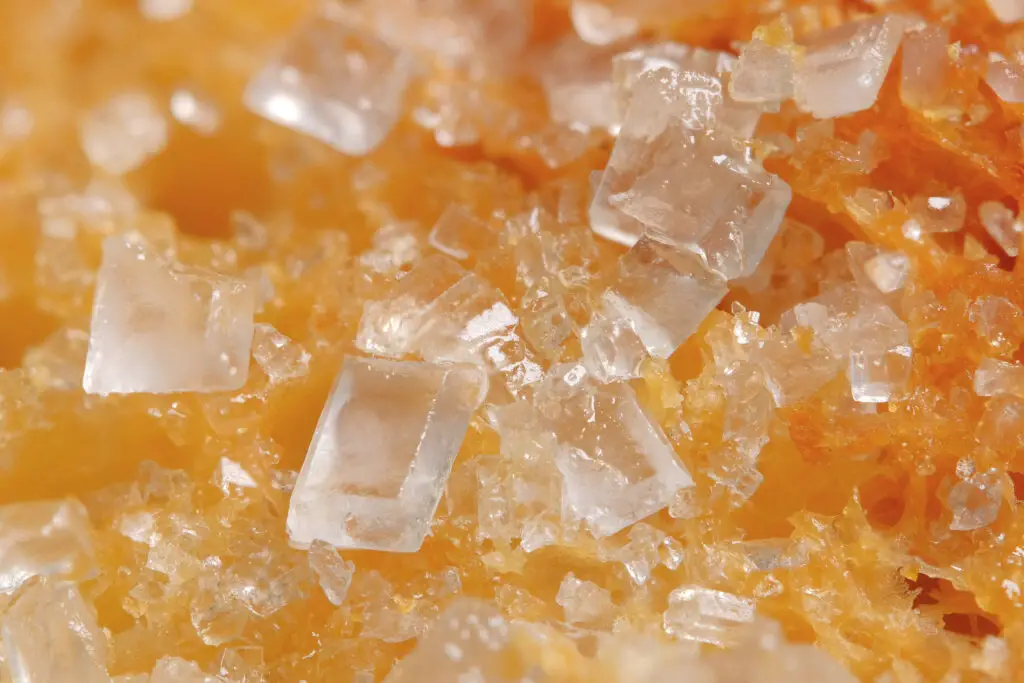
Growing rock candy sounded sweet in theory, but sugar plus heat is a recipe for flames. A lot of students boiled water and sugar on the stove at home, often without adult supervision. And while the boiling pot was dangerous enough, the finished product was even worse. Dried sugar is incredibly flammable, and some kids tried to “reheat” their crystals to make them shine again. That’s when things could go south fast.
There were cases of scorched paper towels, melted containers, or sticky sugar bubbling over and catching on burner coils. Even in the classroom, dried sugar stuck to string and popsicle sticks was like kindling in disguise. If someone lit a nearby Bunsen burner? You might’ve had a toasty candy kaboom. The teachers probably should’ve just bought everyone lollipops and called it a day. Because that crystal experiment? It was one spark away from turning into a flaming science fair.
7. Egg Drop Contraptions
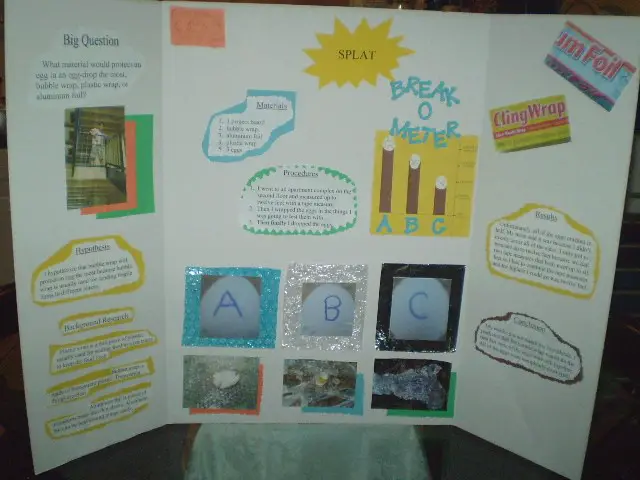
At first glance, the egg drop seemed harmless—just a test of gravity and imagination. But the materials kids used ranged from bubble wrap to Styrofoam to full-on cardboard boxes strapped together with duct tape. And when someone added a parachute made from plastic bags or tissue paper, things got sketchy fast. These makeshift devices were often tossed off balconies or rooftops, which introduced their own set of problems. If the drop zone wasn’t cleared properly, you had a mini bomb crashing down on someone’s head.
But worse than that was what happened after the drop. A cracked egg could leak onto electronics or even space heaters if you were doing the experiment indoors. Some kids wrapped their eggs in fabric soaked with flammable liquids “for cushioning” (don’t ask). And a failed design often meant smashed shells, broken materials, and cleanup that smelled like regret. A fun project, sure—but one that was one flap of plastic away from being an airborne accident.
8. Wax Projects for Art Class

Some genius came up with the idea of melting crayons for art. The effect was beautiful, but the execution was risky at best. Students would stick crayons on canvases, blast them with hairdryers or heat guns, and let the wax drip into colorful chaos. But as soon as a crayon overheated or the dryer got too close, you were in trouble. Melted wax can catch fire, and the fumes weren’t exactly healthy either.
And let’s not even talk about the kids who tried to use candles instead of hairdryers. Open flame plus colored wax equals disaster. There were projects where wax spilled onto desks, started bubbling, and even sparked smoke detectors. The teacher would shout, the windows would open, and the art would… smolder. It looked amazing once finished—but it came with serious fire vibes. Honestly, that art project needed a fire marshal, not a rubric.
9. Electric Circuits From Scratch
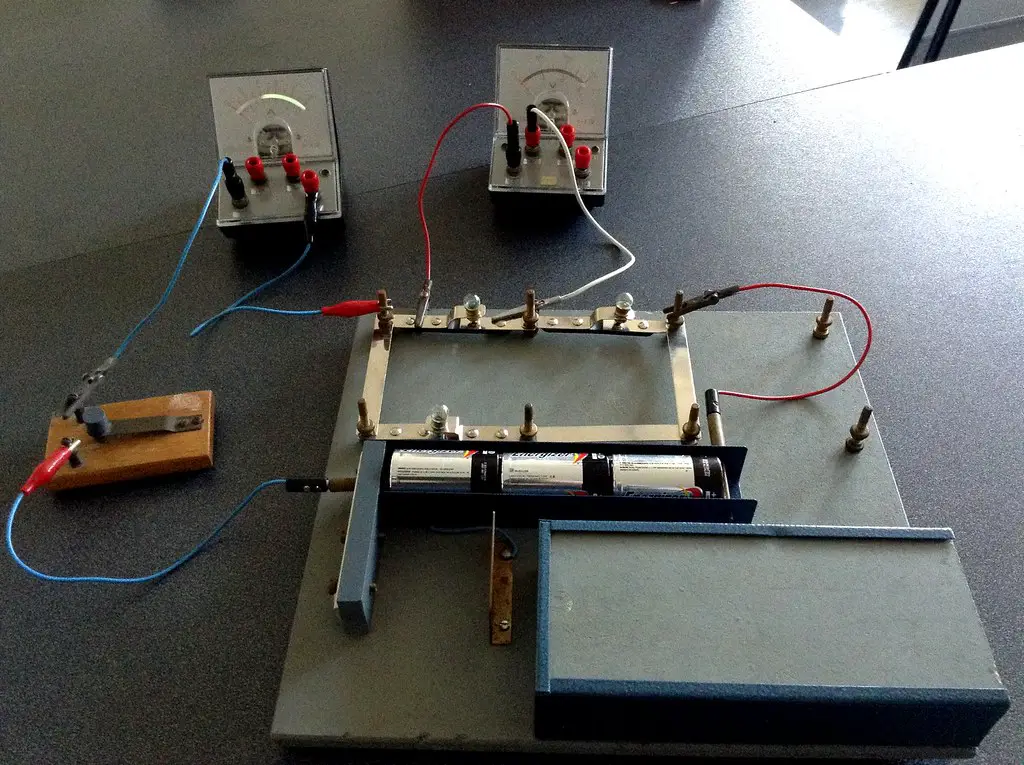
Oh, the joy of clipping wires to batteries and watching a tiny lightbulb flicker on. But a lot of us had no idea what we were doing with electricity, and sometimes the results were not just educational—they were slightly dangerous. Kids would use old wires with cracked insulation or tape everything together with scotch tape. When it worked, it was thrilling. When it didn’t, things got hot real fast.
There were sparks, smoking battery packs, and melted plastic more often than anyone would like to admit. Some kids tried to add motors or buzzers and ended up short-circuiting the whole board. And if someone accidentally created a closed loop with too much power? The wire could actually catch fire. Still, teachers loved the effort, even if it came with a faint smell of burning rubber. It was one small step for education, one giant leap toward fire safety violations.
10. Tin Can Stoves for “Survival” Units
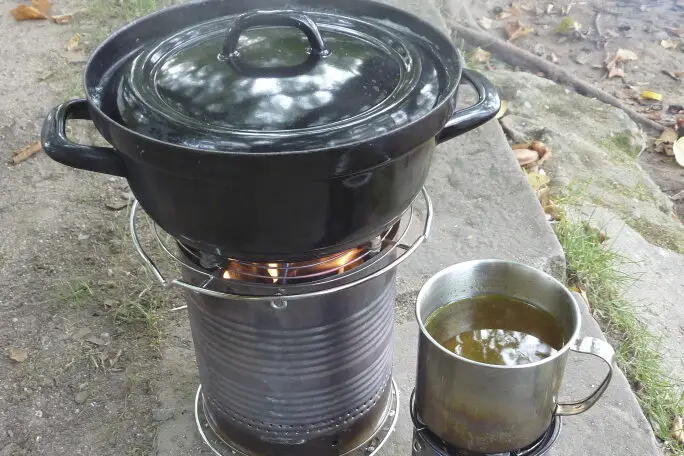
This was a Boy Scouts–inspired classroom nightmare. For a project on survival skills, students would sometimes build tiny stoves using tin cans, rubbing alcohol, and cotton wicks. It was meant to show how to cook without electricity. Instead, it showed how fast a classroom could fill with smoke. That little blue flame looked harmless—until someone tipped over the can.
Some kids tried to toast marshmallows or boil water, which only made it worse. The flames were nearly invisible in daylight, which meant they’d spread before anyone realized what was happening. A rogue sleeve or a piece of paper nearby, and boom—panic. Teachers often didn’t notice the danger until something started melting. In hindsight, this belonged outside, on concrete, with a fire extinguisher. Not next to a bulletin board.
11. Matchstick Bridges
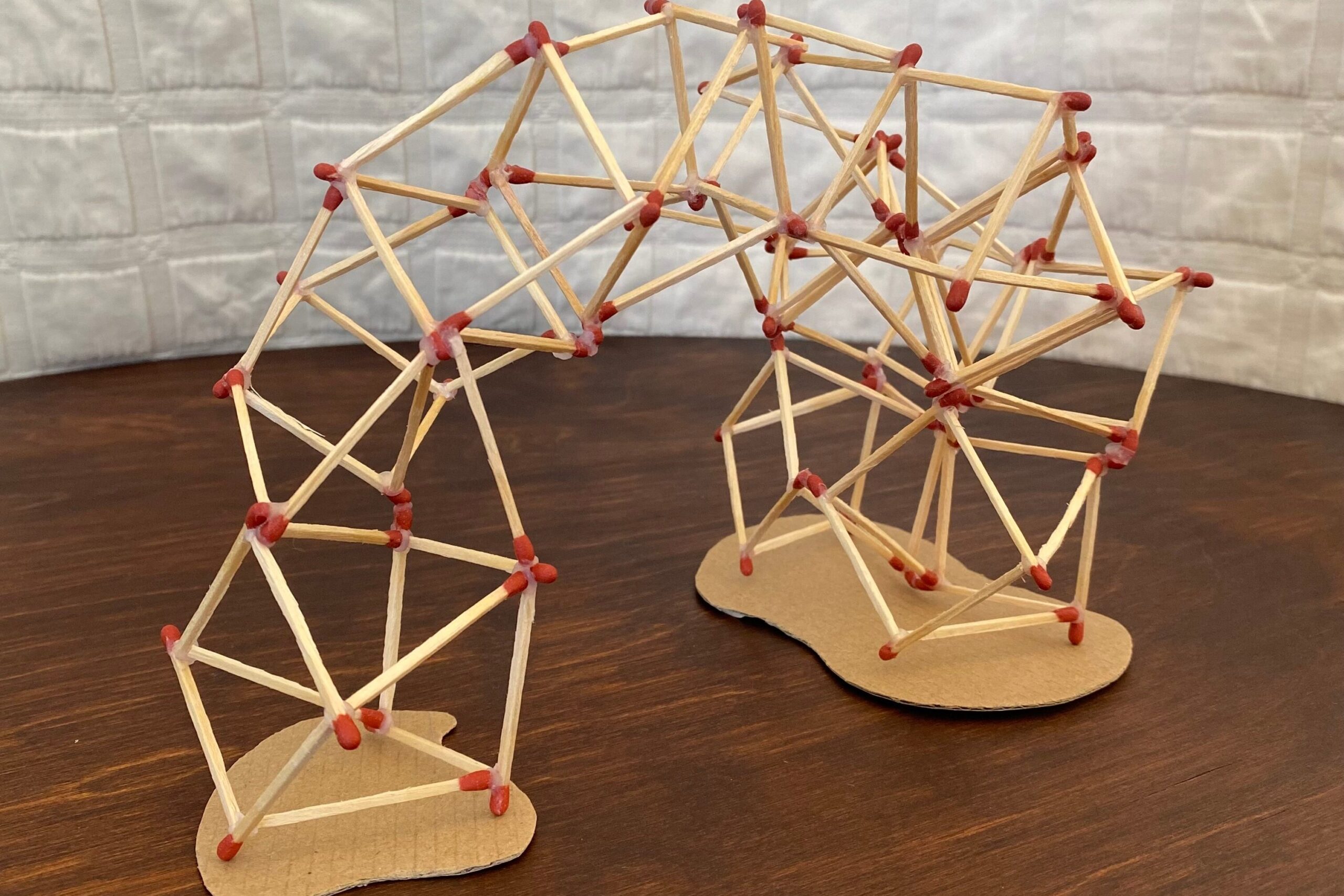
We get it—engineering with matchsticks is kind of cool. But asking kids to build entire bridges out of literal kindling is questionable at best. Even with the heads clipped off, the whole thing was one spark away from becoming kindling. Some kids even used hot glue guns for quicker assembly, and those things can overheat real quick. All it took was a curious student with a lighter or a rogue spark during judging.
The bridges looked awesome, but some were proudly carried into school inside boxes lined with flammable cloth or foam. When you combined that with wood glue fumes, it was a combustible little package. And since they were often stored together on display tables, a fire in one meant a fire in all. It was a matchstick forest just waiting for lightning. Impressive? Yes. Safe? Not in the slightest.
12. Balloon-Powered Cars
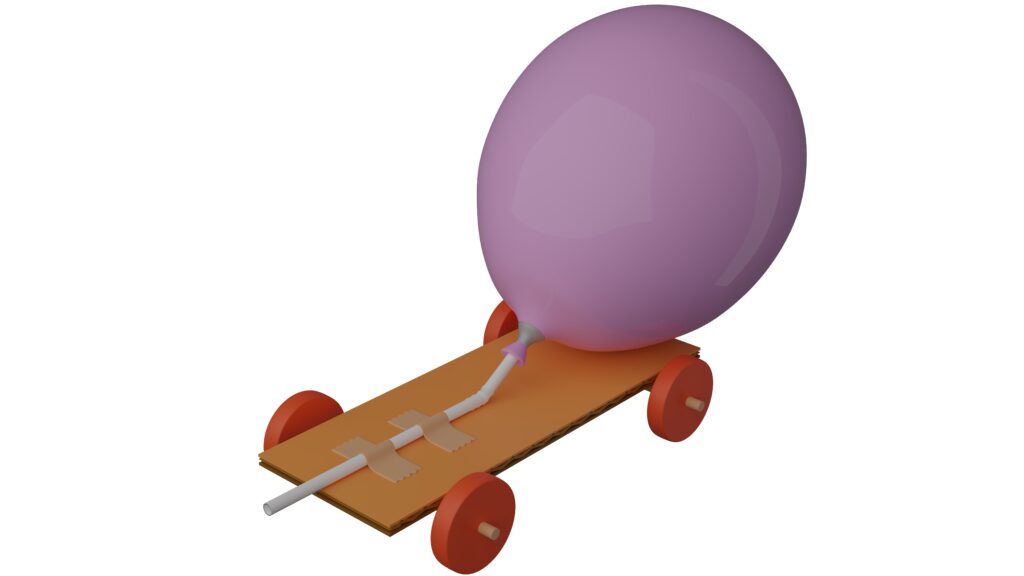
Balloon-powered cars were supposed to teach us about propulsion and engineering. But those balloons? Basically rubber grenades. If one popped near a light bulb or warm surface, it could ignite the tiny plastic wheels or startle someone into knocking over the whole setup. Some kids even upgraded their designs with straws full of alcohol vapor to get more “oomph,” which—just no.
The problem was, balloons + friction + high energy = heat. And when you’re racing them across the floor of a classroom with twenty others doing the same? Chaos. The friction from wheels and carpet could heat things up surprisingly fast. There were even stories of rubber melting and gluing the car to the floor. Fun to race, but also an unpredictable rolling firecracker if you weren’t careful.
